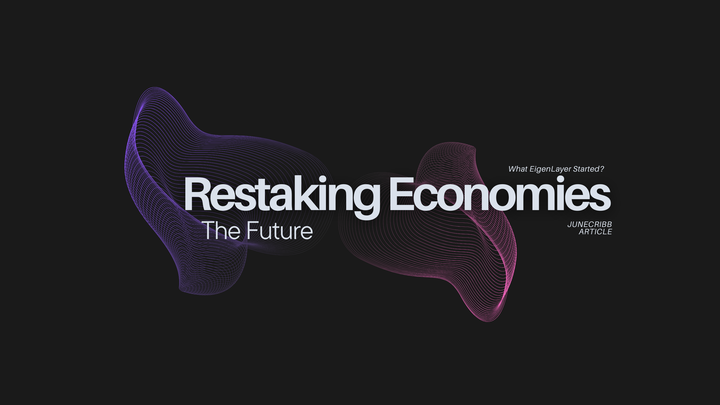Understanding Perpetuals in DeFi
INTRODUCTION
Perpetuals, or perpetual contracts, are one of the most widely used financial instruments in both centralized and decentralized finance. In the world of DeFi, they offer traders the ability to speculate on the price of an asset such as ETH, BTC, or even tokens from new projects without actually owning the underlying asset.
Unlike traditional futures, perpetuals do not have an expiration date. Traders can open a position and hold it indefinitely, as long as their margin requirements are met.
What Are Perpetual Contracts?
A perpetual contract is a derivative product that tracks the price of an underlying asset and allows users to go long (bet that price will rise) or short (bet that price will fall). The core idea is to enable price speculation with leverage, meaning traders can control large positions with relatively small amounts of capital.
For example, a trader may deposit $100 and use 5x leverage to open a $500 position. If the asset price moves in their favor, profits are multiplied. If the trade moves against them, losses are amplified and if they drop below the margin requirement, the position is liquidated.
How Perpetuals Work in DeFi
In DeFi, perpetual trading is facilitated by smart contracts and oracles, removing the need for intermediaries. Here's a simplified flow of how a decentralized perpetual exchange works:
- Deposit Collateral: Usually in stablecoins like USDC or USDT.
- Open a Position: Long or short based on market expectations.
- Leverage: Use borrowed funds to increase exposure.
- Funding Rate: A periodic fee exchanged between long and short traders to keep the contract price aligned with the spot market.
- Liquidation Engine: Automatically closes undercollateralized positions.
- On-Chain Execution: All transactions and logic occur on-chain for transparency.
What is the Funding Rate?
The funding rate is a small fee exchanged between traders. If the perpetual contract price is above the spot market, long traders pay short traders. If the contract price is below spot, shorts pay longs. This mechanism incentivizes balance and keeps perpetual prices close to real-world values.
Key Benefits of Decentralized Perpetuals
- Self-Custody: No centralized control over funds.
- Permissionless Access: Anyone can trade without KYC.
- Transparency: Smart contracts are visible and auditable.
- Composable Architecture: Other DeFi protocols can build on top.
Top Perpetual Protocols in DeFi
Several on-chain platforms offer advanced perpetual trading features with low fees, deep liquidity, and strong risk frameworks. Some of the leading protocols include:
- Hyperliquid
A high-performance decentralized perpetual exchange that offers lightning-fast execution and deep liquidity. Built for speed and scale, Hyperliquid has become a favorite among experienced traders seeking an efficient on-chain experience with incentivized trading.
- GMX
Operates on Arbitrum and Avalanche, using a unique multi-asset pool model for liquidity. GMX offers low slippage and fee-sharing with liquidity providers, making it a well-balanced choice for both traders and passive earners.
- dYdX
One of the first major decentralized perpetual platforms. Currently migrating to its own Cosmos-based chain, dYdX focuses on professional-grade trading infrastructure with order books and low fees.
Risks of Trading Perpetuals
While perpetuals provide attractive opportunities, they also carry significant risk:
- Leverage Risk: Increases both potential gains and losses.
- Liquidation: Poor risk management can result in losing the entire margin.
- Oracle Manipulation: On-chain price feeds must be secure and accurate
- Funding Volatility: Rapid shifts in funding rates can cut into profits.
Conclusion
Perpetuals have evolved into a core component of DeFi. As protocols like Hyperliquid and dYdX refine their on-chain trading models, perpetual contracts are becoming faster, more secure, and more capital efficient. For traders looking to engage with DeFi at a deeper level, understanding how perpetuals work is essential.
Now that you know what perpetual trading is, will you be trying it?


Comments ()